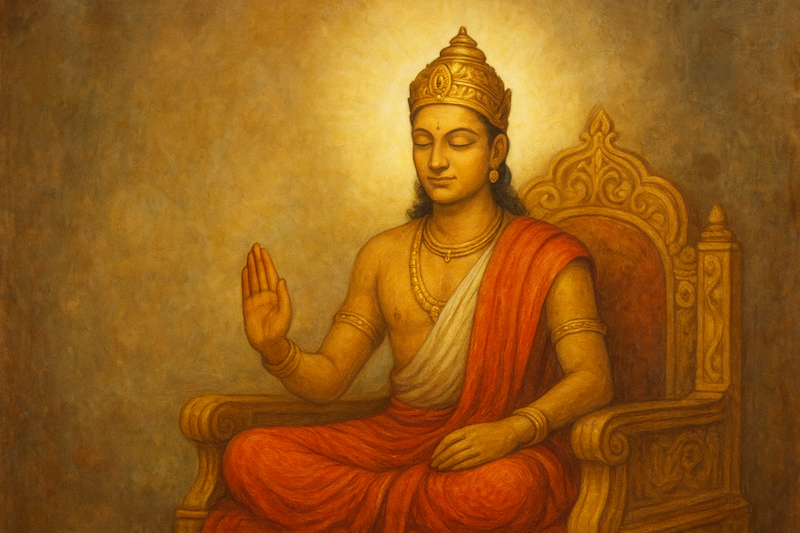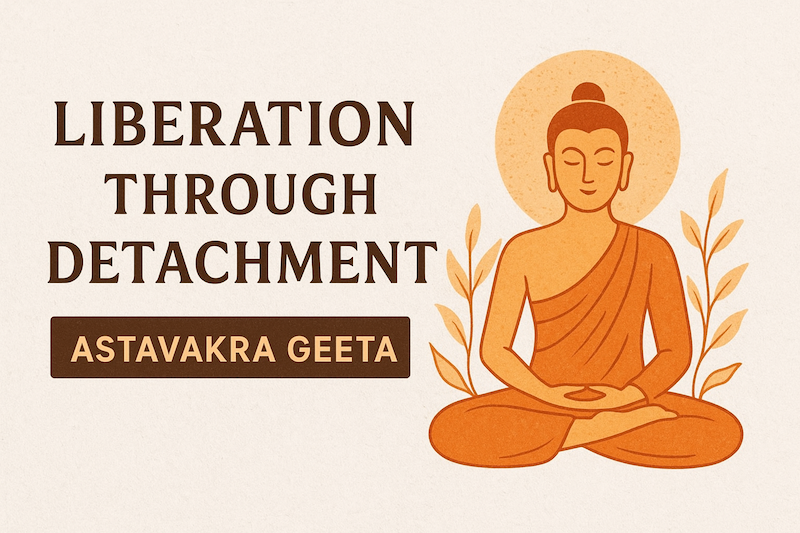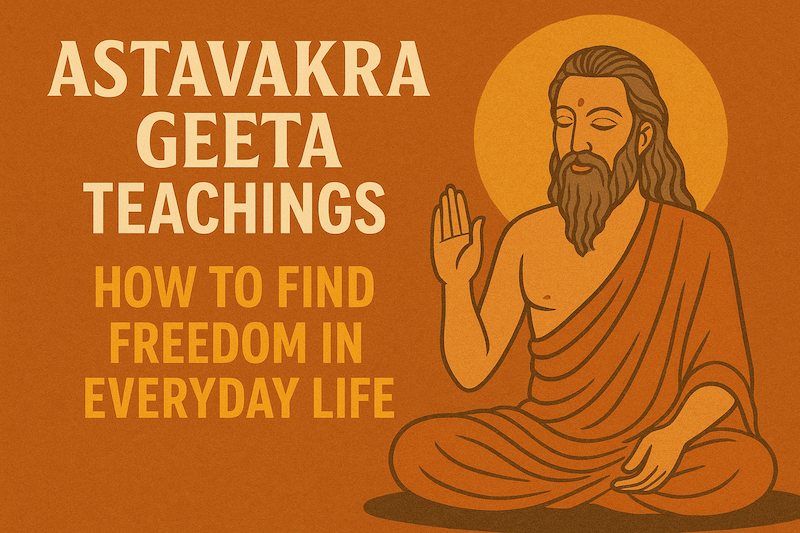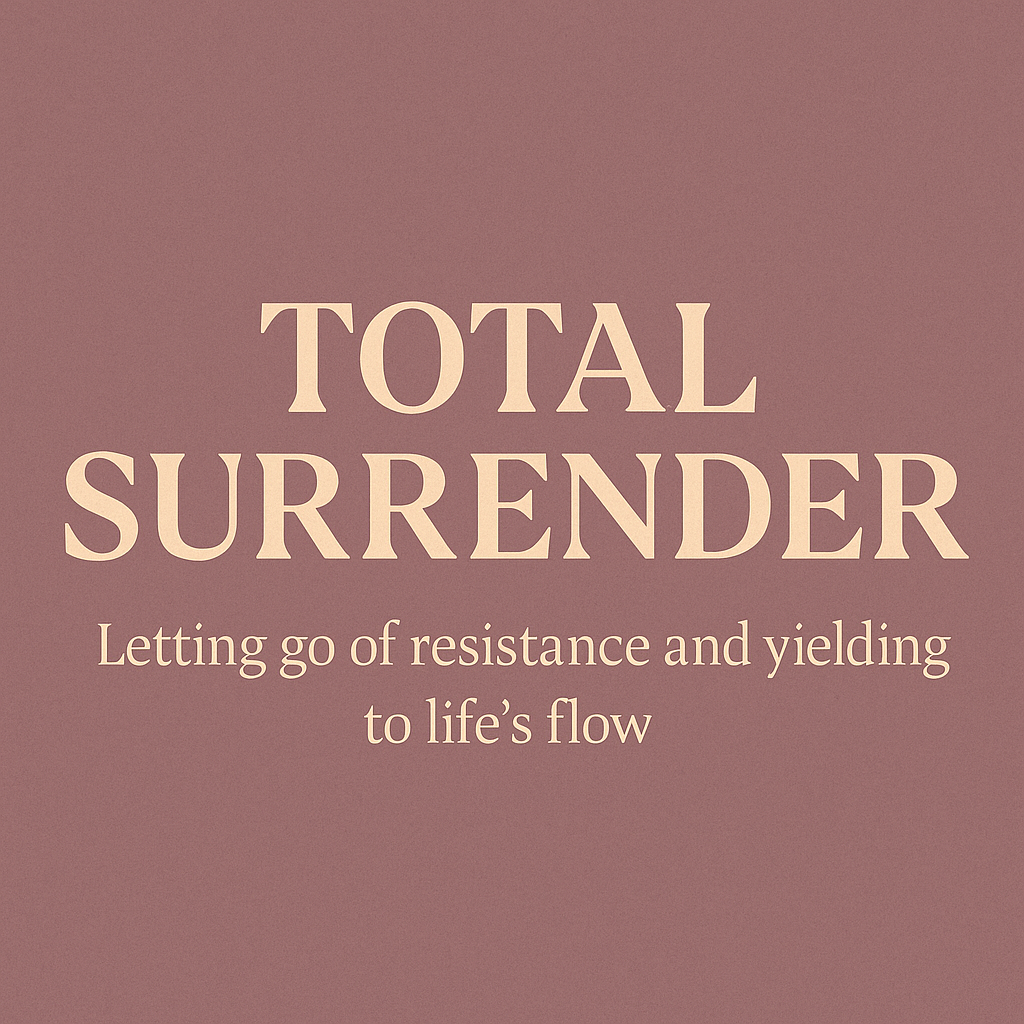Who Was King Janaka?
King Janaka was a legendary ruler of Mithila, remembered in Indian epics and scriptures as a wise king, a just administrator, and the father of Sita (in the Ramayana). Despite his royal duties and immense wealth, he longed for inner freedom. Unlike many seekers who renounced the world, Janaka pursued liberation while still ruling his kingdom.
This made him the perfect student for Astavakra’s radical teachings.
Janaka’s Question: The Quest for Liberation
Janaka approached Astavakra with a question that all seekers ask at some point:
“How can one be free?”
Instead of offering rituals or step-by-step practices, Astavakra revealed the essence of non-duality—Janaka was already free; he only needed to realize it. This bold declaration resonated with Janaka, who instantly grasped the truth.
Janaka’s Transformation
The teachings did not remain mere words for Janaka. He integrated them into his life as a king. While managing armies, wealth, and politics, he remained rooted in detachment and awareness.
The beauty of his life was this: he showed that enlightenment is not only for hermits or monks—it is possible amidst responsibility, power, and family life.
Living Enlightenment in Daily Life
Janaka’s example is powerful even today because it bridges the gap between spirituality and daily responsibilities. His life teaches us that:
- Detachment is not neglect. You can fulfill your duties wholeheartedly while staying unattached to outcomes.
- Freedom is inward. It does not depend on renunciation or external change.
- Balance is possible. One can rule a kingdom—or run a modern household, career, or business—and still live in awareness.
Why King Janaka Matters Today
In a world where people often struggle to balance work, family, and personal growth, Janaka’s life provides inspiration. He proves that spiritual freedom does not demand escaping the world—it requires a shift in perception.
For modern seekers juggling careers, relationships, and ambitions, Janaka’s story is a reminder: true peace comes not from withdrawing from life, but from living with wisdom and awareness.
Final Thoughts
The story of King Janaka in the Astavakra Geeta is timeless. It breaks the stereotype that enlightenment belongs only to saints in forests. Instead, it shows us that everyday life itself can be the ground for liberation.
In the next post, we’ll explore the concept of Non-Duality in the Astavakra Geeta—what it means to live beyond body, mind, and illusion.




